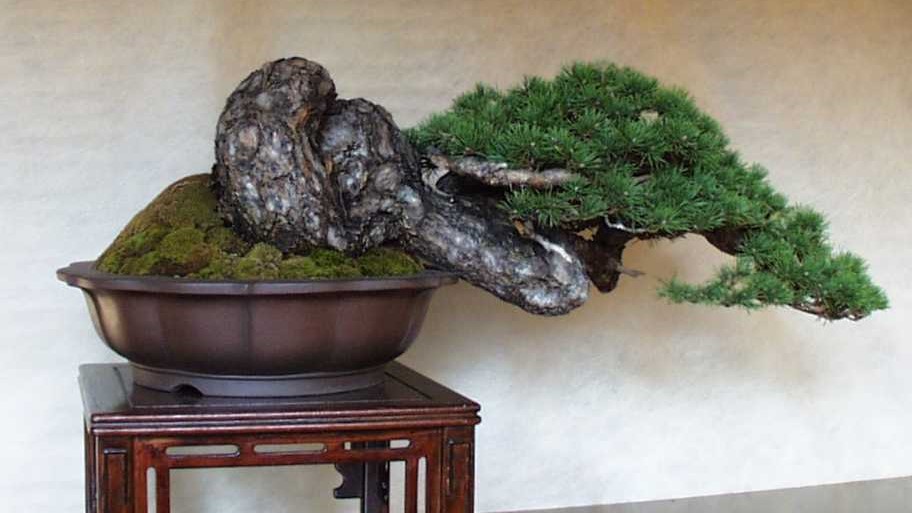Bonsai, a timeless form of art that merges the love for nature with a reflective, meditative practice, comes in various types and techniques, one of which is Yamadori Bonsai. Steeped in historical significance and rooting from the shores of Japan, Yamadori (山鳥) Bonsai is a technique of collecting trees from the wild for bonsai cultivation.
This practice arguably adds authenticity and a level of depth to the bonsai craft that many seek. Whether you’re a novice artist exploring options or a seasoned bonsai enthusiast wanting to foster a deeper connection with the art form, understanding Yamadori Bonsai will unlock meaningful insights and practical knowledge in bonsai cultivation.
What is Yamadori Bonsai?
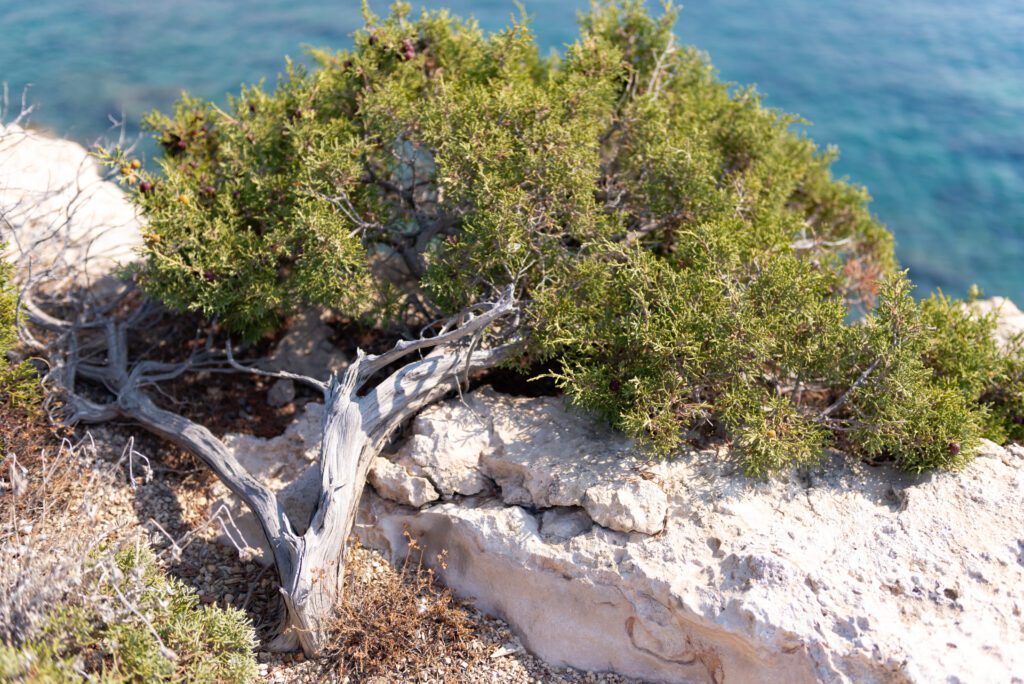
Understanding Yamadori Bonsai: An Art Form Rooted in Antiquity
Yamadori Bonsai is an ancient and respected practice within the broader art of bonsai cultivation. The term “Yamadori” is Japanese and can be directly translated to “collected in the mountains.” This label reflects the unique process by which these plants are collected from their natural environments, often from remote and wild locations, and carefully cultivated to become carefully styled miniature trees. The essence of Yamadori Bonsai isn’t just in the styling of a small tree, but also in its representation of the struggle and perseverance that the tree has experienced in its raw environment.
Yamadori Bonsai vs Other Bonsai Types
While all types of bonsai share a common goal of creating a miniature tree that reflects the aesthetics of a full-sized, mature tree, Yamadori Bonsai are distinct because of their origins. Most bonsai trees are cultivated from seedlings or cuttings grown in nurseries. On the other hand, Yamadori Bonsai are gathered from the wild, carrying with them the history and resilience embedded in their forms by the wild environment they were part of.
It’s important to note that not all trees taken from the wild can be categorized as Yamadori Bonsai. Only those trees that carry clear signs of age and struggle – scars, twisted forms, weather-worn bark – are truly considered to be Yamadori.
Yamadori Bonsai: A Testament to the Power of Nature and Time
The appeal of Yamadori Bonsai lies in their natural and raw aesthetic, depicting a story of a tree’s survival against harsh environmental conditions. The weather-worn appearance and dramatic forms of these trees, bent and twisted by the forces of nature, provide a stark contrast to the more manicured and intentionally shaped forms of most other bonsai trees. Each Yamadori Bonsai’s unique shape and form are a tribute to its individual history, and by extension, an homage to the power of nature and the inexorable passage of time.
The Journey of Creating a Yamadori Bonsai
Creating a Yamadori Bonsai, one palette within the art of bonsai, begins with the labor-intensive process of identifying and digging out a tree in the wild. The act isn’t solely about muscle power; it requires observational skills and a comprehensive understanding of bonsai cultivation to minimize stress on the tree.
The ideal time to collect a tree is during its dormant stage. Upon extraction, it’s repotted in a custom mix of bonsai-friendly soil. The subsequent nurturing of the tree involves pruning, wiring, watering, and feeding, and can span many years. Yamadori Bonsais call for a commitment of time and steadfast patience.
Despite the effort needed, enthusiasts view the creation of a Yamadori Bonsai as a beautifully rewarding journey. It solidifies the bond between the artist and the tree while weaving a story of resilience and exquisite beauty – a tale that began in the wild and continues to unfold in the hands of the cultivator.
Identifying Suitable Trees for Yamadori Bonsai

Selecting the Right Tree Species for Yamadori Bonsai
The initial challenge in undertaking the Yamadori bonsai technique is the selection of an appropriate tree species. There’s a vast array of tree species that can be transformed into bonsai, but certain kinds are particularly desirable due to their innate characteristics. Tree species such as Juniper, Pine, Maple, Elm, Oak, and Cypress are preferred owing to their naturally small leaves, restrained growth, or resilience against the customary pruning and shaping involved in bonsai creation.
Coniferous trees, such as pines and junipers, with their needle-like leaves, adapt well to the reduced scale of a bonsai. Deciduous trees like maples and elms are another viable choice, although they demand more attention. Deciduous bonsai trees need to go through a cycle of seasonal change, including a brisk winter, in order to thrive.
Selecting the Right Age and Health
The ideal tree to be used for Yamadori bonsai must not only be a suitable species, but also in the right stage of life and overall health. The tree shouldn’t be too young, as it won’t have enough strength to endure the bonsai process, nor too old as it might be too rigid to shape and style. The average recommended age of a collected tree is between five and ten years.
Additionally, a prospective bonsai must be healthy. Signs of a healthy tree include new growth, a strong root system, and no visible signs of disease or infestation. A sickly or weakened tree likely won’t survive the stressful bonsai process.
Location and Accessibility of Trees
The location from which a tree is collected is also of utmost importance. A tree that grows on rocky, sloping terrain is likely to have the twisted, dramatic appearance that makes bonsai so visually appealing. However, collecting trees from such locations comes with obvious challenges, including the difficulty of physically carrying the tree from the collection spot to the growing area. If you’re new to bonsai cultivation, it can be advantageous to start with trees in more accessible locations before tackling challenging landscapes.
Risks and Challenges
Casting a bonsai tree can present certain risks – not just to the tree, but to the collector as well. Physical risks include injury either from the tree itself or from the environment in which it’s growing. The stress of relocation can also potentially kill the tree. To mitigate these risks, it’s essential to prepare properly – bring the right equipment, plan your extraction carefully, and pay heed to the health and condition of the tree both before and after collection.
Moreover, it is essential to respect local and national laws regarding tree collection. In some areas, removing trees from the wild is illegal or requires a permit. Always check regulations before starting the collecting process.
Embarking on the journey to create a successful Yamadori bonsai revolves around the meticulous selection of an ideal tree. Analyzing aspects such as the species of the tree, its age and health, as well as its location, play a crucial part in this process. Additionally, understanding the risks involved in both collecting and nurturing the tree is essential.
Legal and Ethical Considerations in Yamadori Bonsai
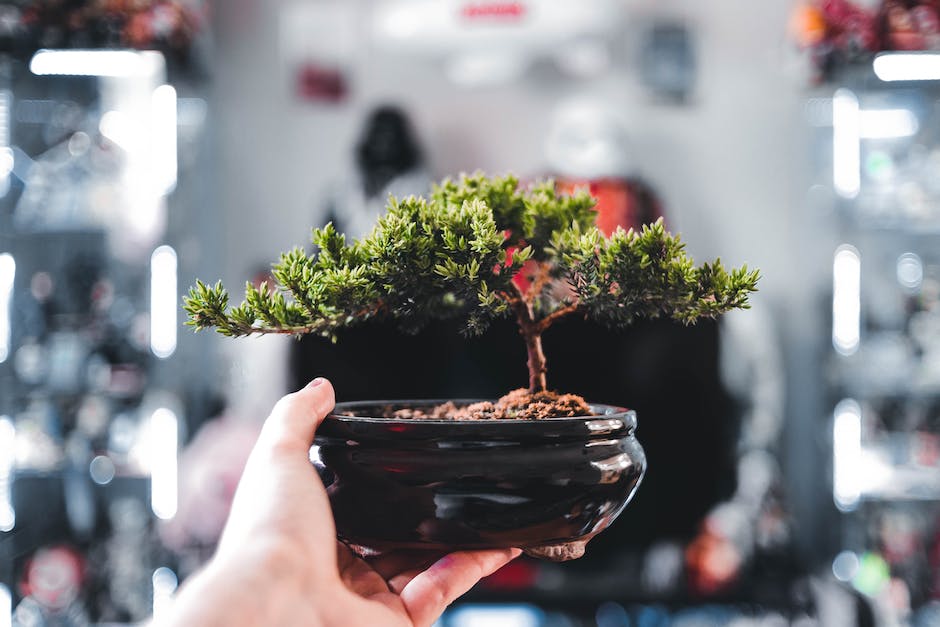
Diving Deeper into Yamadori Bonsai Collection: Unveiling the Legal and Ethical Aspects
The art of Yamadori, which involves collecting trees from the wilderness for Bonsai cultivation, calls for a deep understanding of legal and ethical considerations. There exist specific laws and regulations in many areas that control the act of collecting trees without proper permission. So, doing your homework about your local legislation before commencing the collection process is essential.
In the context of the United States, it’s crucial to note that harvesting trees from National Parks, State Parks, and the majority of public lands without explicit permission is deemed illegal. Furthermore, many private properties necessitate the owner’s consent prior to any tree collection. Depending on the regulations within different states and the specific species of the tree, it could be mandatory to have a permit even if you have the landowner’s consent. As a cardinal rule, acquiring permission is always the best course of action when in doubt.
The Permission and Permit Process
Acquiring permissions and permits can be a thorough process. This often involves the submission of a proposal detailing your intent, methods of collection, and assurance of no harm to the environment. The governing body will review this proposal based on the criteria they hold and grant permission if the conditions are met.
In some areas, this could also include an obligatory course or examination on the ethical collection practices. These often discuss how to ensure minimal damage to the environment, wildlife, and the long-term sustainability of the tree population.
Preserving the Environment and Respectful Collection Practices
Aside from legality, there are crucial ethical considerations to address when collecting trees from the wild. The most important of these is preserving the environment and respecting the surrounding ecosystem.
Eco-friendly collection tactics include selecting a tree that is not thriving in its original environment and would actually benefit from removal. Avoid selecting a tree if its absence would disrupt the balance of the local ecosystem.
The method of extraction is also important; it should be done so as to decrease damage to the surrounding vegetation. Ensure to backfill any holes and areas of disruption to support the area’s recovery.
During the collection process, consider the survival of the tree and always work with experienced collectors or pay heed to expert advice. To increase the chance of the tree’s survival, ensure that it is healthy beforehand and use appropriate tools for a decent extraction.
Importance of Local Endangered Species Awareness
Always do research into the specific species of trees in your area. Some types might be protected or endangered, rendering their collection as illegal and damaging to the ecosystem.
Moreover, keep in mind the potential consequences of introducing non-native species to new environments, which can upset local biodiversity. Discourage the transport of trees across large distances or state lines without comprehensive and cautionary procedures to prevent the potential spread of disease or pests.
Concluding, the practice of Yamadori Bonsai collection requires keen attention to legal and ethical concerns. It is crucial to respect nature throughout the process, and follow regional regulations as well. Such mindful practices ensure that this art form can be appreciated by many more generations, fostering a sense of respect and care for the environment.
The Process of Collecting and Transplantation
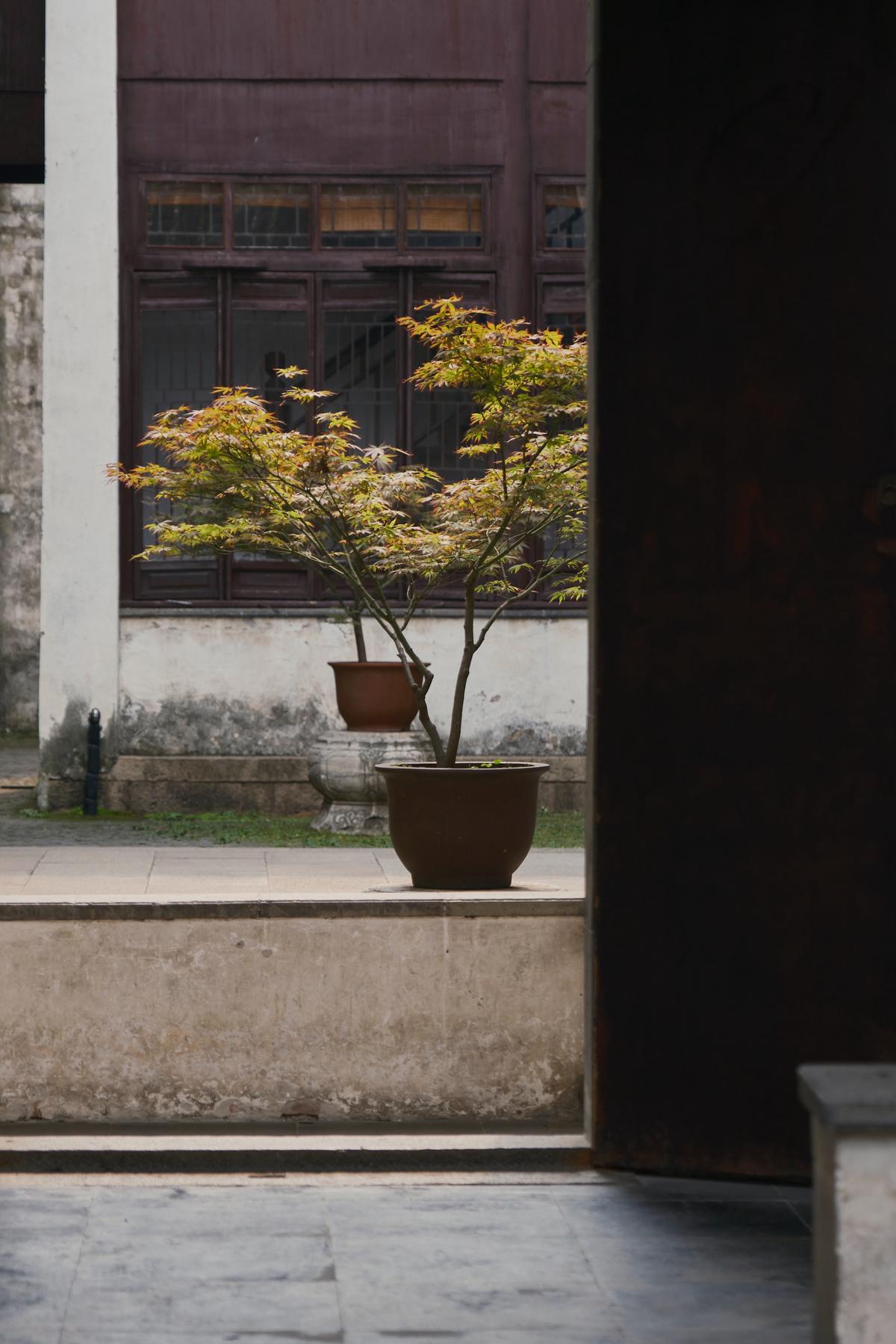
Acquiring the Right Tools for Yamadori Bonsai Collection
Part of this responsible approach towards tree collection involves investing in the appropriate tools for Yamadori Bonsai. The primary toolset should include sharp, heavy duty diggers for initially uprooting the tree, complemented with pruning shears for intricate trimming work. A varied size range of these tools results in a more mindful collection process, minimizing damage to the tree. For transportation, consider using burlap sacks or similar breathable materials to uphold root moisture. Importantly, always carry a basic first aid kit in case of any accidents during the collection process.
Best Time for Tree Collection
The best time of year to collect a tree largely depends on its species and local climate, but generally, late winter to early spring is regarded as the optimum collection period. During this time, trees are often still in their dormancy period and not yet busy with spring growth. This allows them to recover from the stress of transplantation. However, it’s crucial to research individual tree species beforehand, as some may have specific periods that suit their collection better.
Preparation for Transplantation
Prior to collecting the tree, a collector should prepare a suitable pot or container with a well-draining bonsai soil mix. This is often composed of components like akadama, pumice, and lava rock. After excavation, preserving as many fine roots as possible is essential, as they majorly contribute to the tree’s ability to absorb water and nutrients. Wrapping roots in a moisture-preserving material during transport helps prevent drying out and damage.
Transplantation Process
The tree should be planted as soon as possible after collection. The remaining roots are gently spread out in the prepared container and covered with the soil mix, keeping the tree firm. The depth of planting varies with the individual tree species and the collector’s aesthetic choice. After planting, the tree is watered thoroughly until the water drains out the bottom of the pot.
Initial Aftercare
The transplanted tree needs protection from extreme weather conditions initially. It should be kept in a semi-shaded and wind-protected area. Regular watering is critical but overwatering which can lead to root rot should be avoided. Fertilizing is generally not recommended during the first year after collection as the tree adjusts to its new environment. A careful watch should be kept for signs of stress or disease, and professional advice sought if needed.
The meticulous task of collecting and transplanting a Yamadori Bonsai tree is an adventure filled with challenges unique to each specimen. Ensuring the future health and beauty of these ancient living artworks rests on patience, commitment, and a deep respect for the tree. It is these foundational principles that embody the heart of this centuries-old Japanese art form.

Caring for a Yamadori Bonsai Tree

Delving Deeper into Yamadori Bonsai
The term Yamadori Bonsai represents the practice of selecting, collecting, and nurturing Bonsai trees right from the heart of the wilderness. These trees, with years of existence in the wild under their belt, display a richly weathered and aged aesthetic that’s highly treasured. By capturing the essence of time and nature’s resilience, they stand as majestic symbols of endurance and survival.
Watering Your Yamadori Bonsai
Watering is one of the critical aspects of caring for a Yamadori Bonsai. Unlike ordinary potted plants, Bonsai trees require precise watering to ensure their health. It is essential to keep the soil uniformly moist. Overwatering can lead to root rot and other diseases. On the other hand, underwatering can lead to dehydration. Depending on the climate, season and size of the tree, watering schedules may vary – the key is to maintain the soil’s moisture level without causing waterlogging.
Exposure to Sunlight
Sunlight exposure is another crucial factor affecting the growth and health of a Yamadori Bonsai. Bonsai trees generally require five to six hours of sunlight each day. However, it’s best to protect them from harsh direct sunlight to prevent scorching of the leaves. Rather, place the tree in a location with filtered sunlight and consider moving it periodically to ensure even light distribution.
Feeding Your Yamadori Bonsai
Feeding or fertilizing a Bonsai tree provides essential nutrients for its growth. A Yamadori Bonsai has minimal soil, and hence requires regular feeding. A balanced Bonsai fertilizer should be used during the growing season. However, during dormancy, reduce the feeding frequency to prevent undue stress on the tree.
Pruning Your Yamadori Bonsai
Pruning is essential for maintaining the shape and size of a Bonsai tree. It also encourages new growth and maintains the health of your Bonsai. For a Yamadori Bonsai, pruning should be done with precision, taking care not to damage the aged branches and trunk. Pruning is usually carried out during the growth period.
Disease Prevention
Diseases and pests are threats to all plants, including Bonsai trees. To prevent them, ensure you are providing the right care to your Bonsai – proper watering, sunlight, feeding, and pruning. In addition, a good quality Bonsai-specific pesticide can be used to prevent pest infestation. Regular inspection of the tree for signs of disease or pests is vital for early detection and prevention.
The Commitment to Yamadori Bonsai
Maintaining a Yamadori Bonsai is a long-term commitment. Given their aged nature and specific needs, nurturing a Yamadori Bonsai requires dedication, patience and precision. However, the reward is a living piece of art that conveys a sense of age and resilience while offering the satisfaction of caring for a living organism.
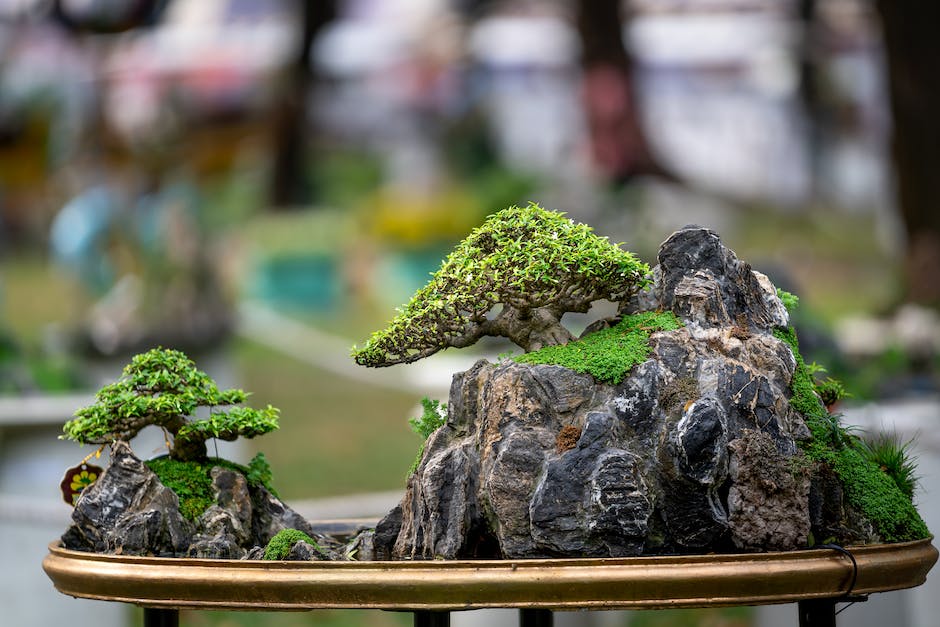
Ultimately, the art and practice of Yamadori Bonsai is not just about selectively harvesting trees from the wild but is an immersive journey that demands careful attention, respect for nature, and a long-term commitment. From identifying and selecting suitable trees and dealing with legal and ethical issues, to the actual process of collection and transplantation, every step is essential for sustaining the health and aesthetics of a Yamadori Bonsai. Once these aspects are mastered, ongoing care of these enduring natural sculptures becomes a life-long endeavor, steeped in the lessons of patience, resilience, and growth. As with any form, the joys and challenges of Yamadori Bonsai cultivation lie in its practice, nurturing an enriching dialogue between man and nature.

